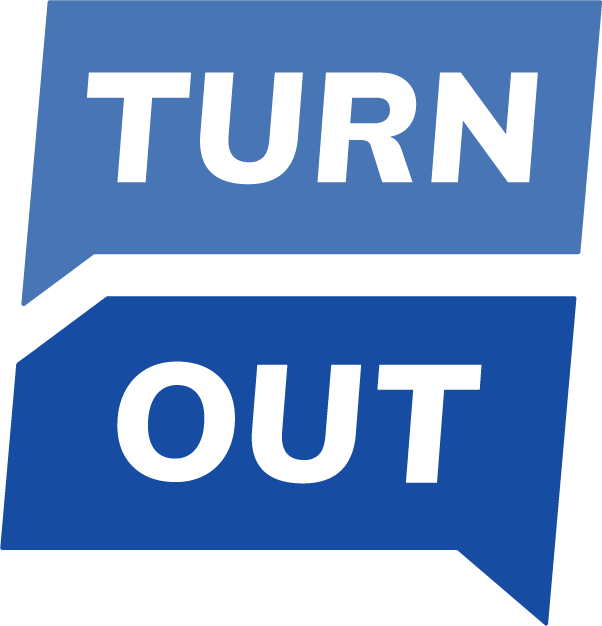About Us: Progressive Turnout Project is the largest voter contact organization in the country, specifically dedicated to mobilizing the Democratic Party and defending democracy. Our mission: rally Democrats to vote.
On March 1st, millions of Texas voters kicked off an important part of our nation’s democratic process: primary elections. These voters selected party nominees for governor and several pivotal congressional and legislative seats in newly drawn districts.
Although turnout was typical for a primary, millions fewer turned out than for the general election in 2020. It’s true that primaries don’t get the attention that the general election will, but they should. (See below for a calendar of when your primary will be held!)
So what exactly is a primary election, and why are they so important? At Progressive Turnout Project, we know how difficult it can be to find straightforward, expert-backed information. So we spoke to Mike, our Federal Political Director, to get you some answers.
What is a primary election?
Let’s start with the basics. A primary election determines the candidate that will represent a political party in the general election that follows. They’re the first step in the midterm elections.
Before primary elections, decades ago, the party itself selected their general election candidate in a closed-door process.
A primary, said Mike, makes sure that there’s a transparent and flexible process that all members of the community have access to participating in.
If every state has a primary, what’s so exciting about Texas?
This year, the Texas primary was the first in the country. Other states’ elections will occur in the months to come, all leading up to the general election on November 8.
One of the most important parts of the primary, Mike notes, is that it allows new and different voices to enter our democratic process.
“For Democrats, it’s like kicking off our 2022 campaign season. It gives people a sense of forward momentum. We’re no longer in the ‘off year,’ people are actually running for office.”
And it’s not just who’s running, but who’s winning. Which candidates are resonating with different communities? What candidate characteristics are voters responding to? What type of progressive messaging is working?
“There’s no monolithic Democratic voter,” Mike said. “That’s what’s so great about our party, but [the Texas primary results] give us a sense of where the electorate is, what they’re thinking and what’s resonating with them.”
How we make the most of primary season
Primaries are a pivotal part of the democratic process.
“The more people are involved in the primaries, the less we have party bosses and other institutions choosing our candidates,” Mike said. “People in their own community should make the decision on who represents them in Congress, and that happens in the primary.”
So what can you do to help beyond casting your vote? Get informed, and get involved.
“Another thing people can do,” Mike advised, “is be their own messenger. Talk to friends, family, and other people in your life about voting. How they can do it, if you can go together, figuring out carpooling and thinking through voting plans as a community.”
Voting is a habit. The more people we get in the habit of voting in a primary, the more people we’ll see at the polls in general elections.
Beyond mobilizing your community, you can help us encourage voters across the nation to participate in their primary elections through our Postcards to Swing States Program, apply to work with us, or support our work with a contribution.

